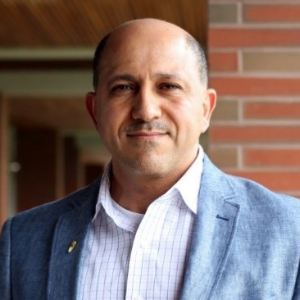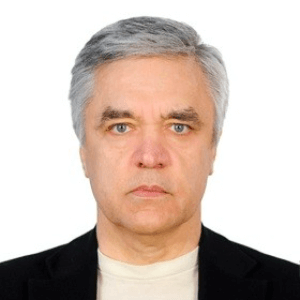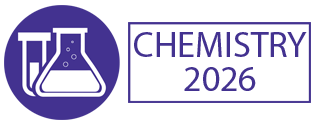Electrochemical Surface Science
Electrochemical Surface Science Explores The Processes Involving The Interface Between Two Phases, Generally An Electrolyte And A Solid Surface, Which Are Affected By Applied Electrical Potential Or Current. This Subject Studies Catalysts, Where Different Redox Species Are Formed, And The Surface Chemistry At Electronics Interfaces Which Is Relevant To Their Operation. It Also Covers The Study Of Electrochemical Reactions And Their Effects On Surface Properties, Such As Electrocatalysis And Charge Transfer Reactions. The Alteration Of Surface Properties Through Traditional Physical And Chemical Surface Treatments (Involving Conditioning, Etching And Capping) Is Studied Through Electrochemical Surface Science. This Can Lead To The Creation Of New Functionalities And/Or Change Existing Ones Such As Enhanced Corrosion Resistance. Alternatively, The Electrochemical Control Of Properties Can Be Used For Processes Such As Whitening, Sharpening And Glazing. Incorporating Electrochemistry Gives Us A Unique Tool For Controlling Surface Properties. By Applying Electrical Potentials And Currents, We Can Control Kinetics, Thermodynamics And Other Properties Over The Surface. The Application Of In Situ Spectroscopic Techniques, Such As Electrochemical Quartz Crystal Microbalance (EQCM), Cyclic Voltammetry (CV) And Electrochemical Impedance Spectroscopy (EIS), Can Allow Us To Monitor Surface Reactions Over Time And Thus Investigate Surface Chemistry And Its Effects On Functional Properties. By Coupling Surface Science With Electrochemistry, We Have A Powerful Tool For Designing And Processing Materials With Tailored Properties For Different Applications. For Example, Recent Advances In Electrochemistry Have Led To The Use Of Electroless Deposition Processing In The Metal Finishing Industry, Which Enables A Higher Degree Of Mass Production And Reduction In Manufacturing Costs. Overall, Electrochemical Surface Science Provides A Platform To Better Understand, Engineer And Manipulate Materials Surfaces For A Range Of Different Applications. It Has Many Applications In The Field Of Biotechnology, Materials Engineering And Energy Conversion, As Well As Physical, Biological And Chemical Sciences.

Hossam A Gabbar
Ontario Tech University, Canada
Victor John Law
University College Dublin, Ireland
Alexander Bagaturyants
National Research Nuclear University MEPhI, Russian Federation
Sergey Suchkov
N.D. Zelinskii Institute for Organic Chemistry of the Russian Academy of Sciences, Russian Federation
Shree Niwas Chaturvedi
Centre for Aptitude Analysis and Talent Search, India
Pieter Samyn
SIRRIS, Belgium




Title : Advances in plasma-based radioactive waste treatment
Hossam A Gabbar, Ontario Tech University, Canada
Title : Unraveling the ultrastructure and functions of the neuronal membrane skeleton using super-resolution fluorescence microscopy
Zhou Ruobo, Djillali Liabes University of Sidi Bel Abbes, Algeria
Title : Solar box cooker dehydration, and relative humidity endpoint detection, of lamiaceae culinary leaves on the island of Crete
Victor John Law, University College Dublin, Ireland
Title : Nutrient and heavy metal loads from the Ribeiras to Coastal zones: A land-ocean continuum perspective in Madeira Island
Aracelis Del Carmen Narayan Rajnauth, University of Porto, Portugal
Title : Prospective polyoxometalate-based covalent organic framework heterogeneous catalysts
Arash Ebrahimi, Comenius University Bratislava, Slovenia
Title : Eliminating implant failure in humans with nano chemistry: 30,000 cases and counting
Thomas J Webster, Brown University, United States